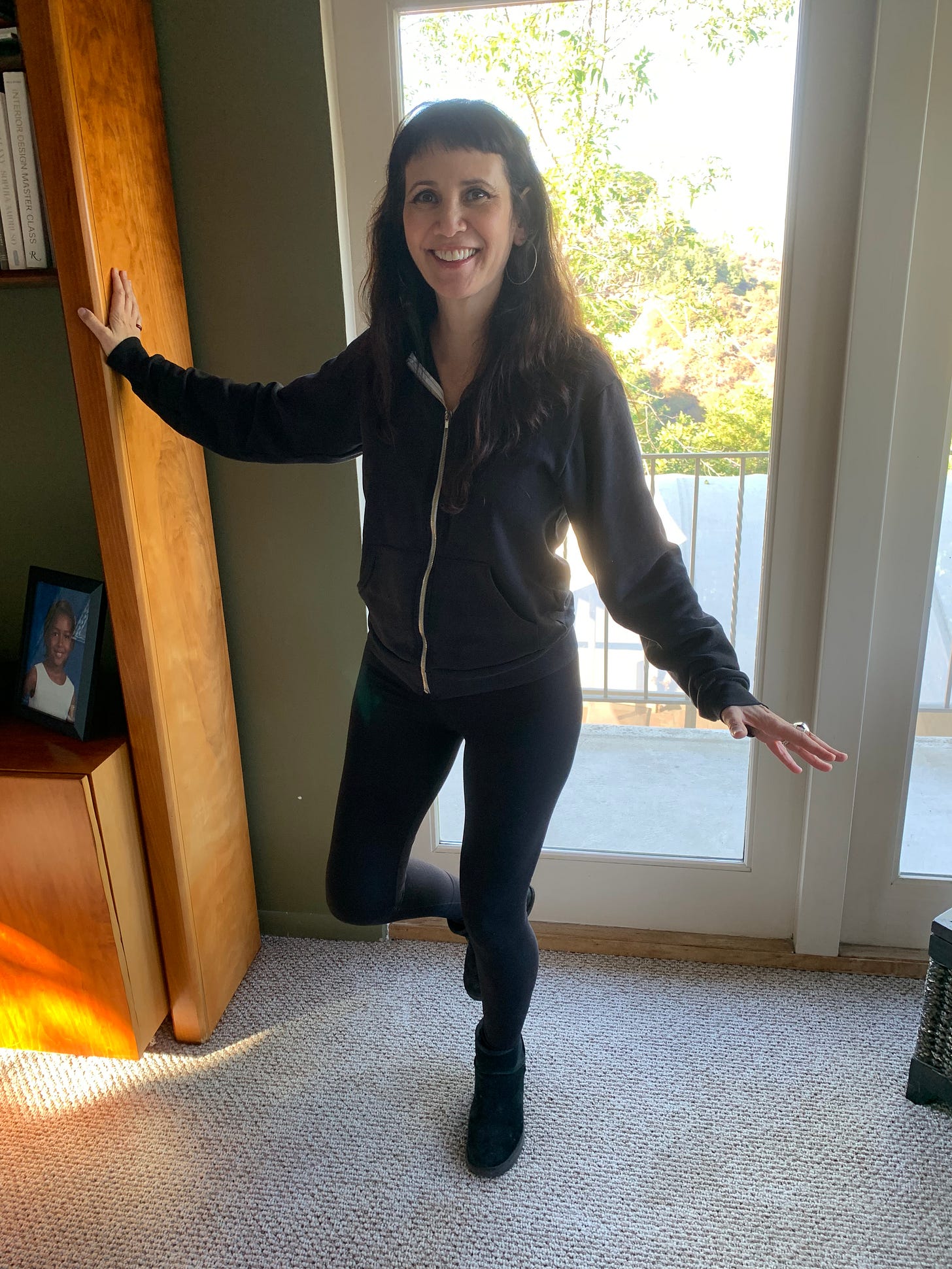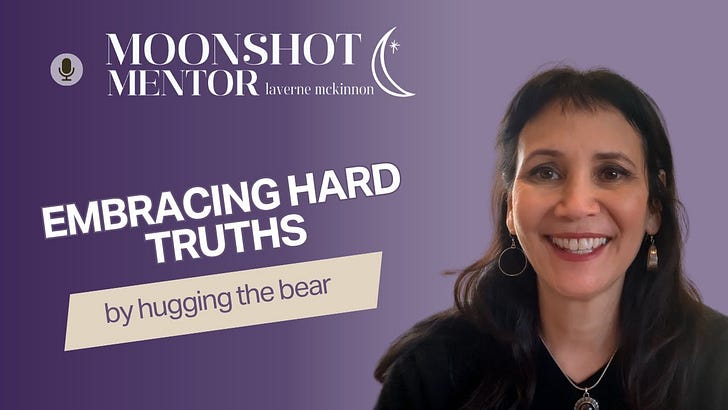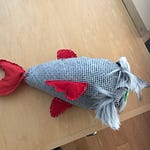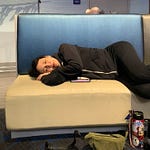Work-life balance is not about sticking the landing. It’s about riding the wave.
Many of my clients hold a mistaken belief that balance requires figuring it all out and then adhering to boundaries. There’s a rigidity to that approach, which actually makes balance even more challenging.
Work-life balance actually requires a constant series of subtle adjustments in order to achieve equilibrium.
Consider the difference between a gymnast and a surfer. A gymnast sticks the landing by not moving their feet even a centimeter when they land. A micro-movement can result in a deduction of points. Sticking the landing is a powerful way to say, “Look at me! I’m done! Ta-da!”

A surfer, on the other hand, is in the midst of a journey. Surfers are successful when they make adjustments in their feet to calibrate the shifting energy, direction and power of the wave. It’s about attunement rather than firmness. If a surfer is stiff and immovable, they will fall off their board.
Let’s try a simple exercise to illustrate how balance—both physical and in life—requires movement and ongoing adjustments.
A Balance Exercise
I’m going to invite you to stand on one foot. As you pay attention to how your foot and body make adjustments to stay balanced, you’ll start to see the parallels with how you can remain steady in your personal and professional life. It's about being aware and responsive to what’s happening in the moment.
Here are the steps:
1. Stand in a stable spot where you can easily reach out for support if needed, like a wall or a sturdy piece of furniture.
2. If you’re comfortable standing on one foot without holding on, go ahead and try. If you feel unsteady, use your hand for extra balance.
3. As you balance, focus on the sensations in your planted foot. Notice how it makes small or large adjustments to keep you stable. If you feel off-balance, it's okay to put your foot down and reset before trying again.
4. Now, experiment by trying not to move your foot at all. What happens? You’ll likely feel wobbly and lose your balance.
When you let your foot move naturally and adjust as needed, you’re more likely to stay balanced.
But it’s not just about adjusting your foot.
The Secret to Balance
In both physical balance and work-life balance, your body and your mind coordinate multiple systems to help keep you steady. Let’s explore how these systems work together—and how they can guide you in achieving a balance between personal and professional responsibilities.
Use Your Eyes to scan the Environment: When balancing physically, your eyes are constantly scanning your surroundings. They help you anticipate what’s coming, like a skateboarder looking ahead for obstacles—a crack in the pavement, a stray piece of trash, or a pedestrian. Similarly, in work-life balance, your "eyes" represent your ability to foresee upcoming events, such as project deadlines, family commitments, or potential conflicts. Keeping your eyes open allows you to prepare and make adjustments before things get out of control.
Next up is The Inner Ear: Your inner ear is an incredible system that tells your brain where your head and body are in relation to your surroundings. It works quietly, behind the scenes, with your eyes to help you stay balanced. In the work-life balance metaphor, the inner ear is your intuition. It’s that gut feeling that tells you when something is off, even if you can’t fully see it. Just as your inner ear keeps you from tipping over, trusting your intuition helps you sense when your work or personal life is out of alignment before it gets wildly out of control.
If you’re resonating with what you’re reading, please consider becoming a paid subscriber. What’s that mean?
You’ll receive weekly blogs with tools and resources to help you reconnect with your resilience after experiencing a professional loss or failure so you come back even stronger in your career.
These newsletters are available to read, listen or watch — I’m a big believer in accessibility for all. You can also listen on Apple Podcasts or Spotify. You can also watch on YouTube.
Be in conversation with me and a beautiful, supportive community through comments, threads and chats.
Access to the full archive of posts.
Early bird 20% premium discount for in-person workshops and retreats.
Listen to this episode with a 7-day free trial
Subscribe to Moonshot Mentor with Laverne McKinnon to listen to this post and get 7 days of free access to the full post archives.













